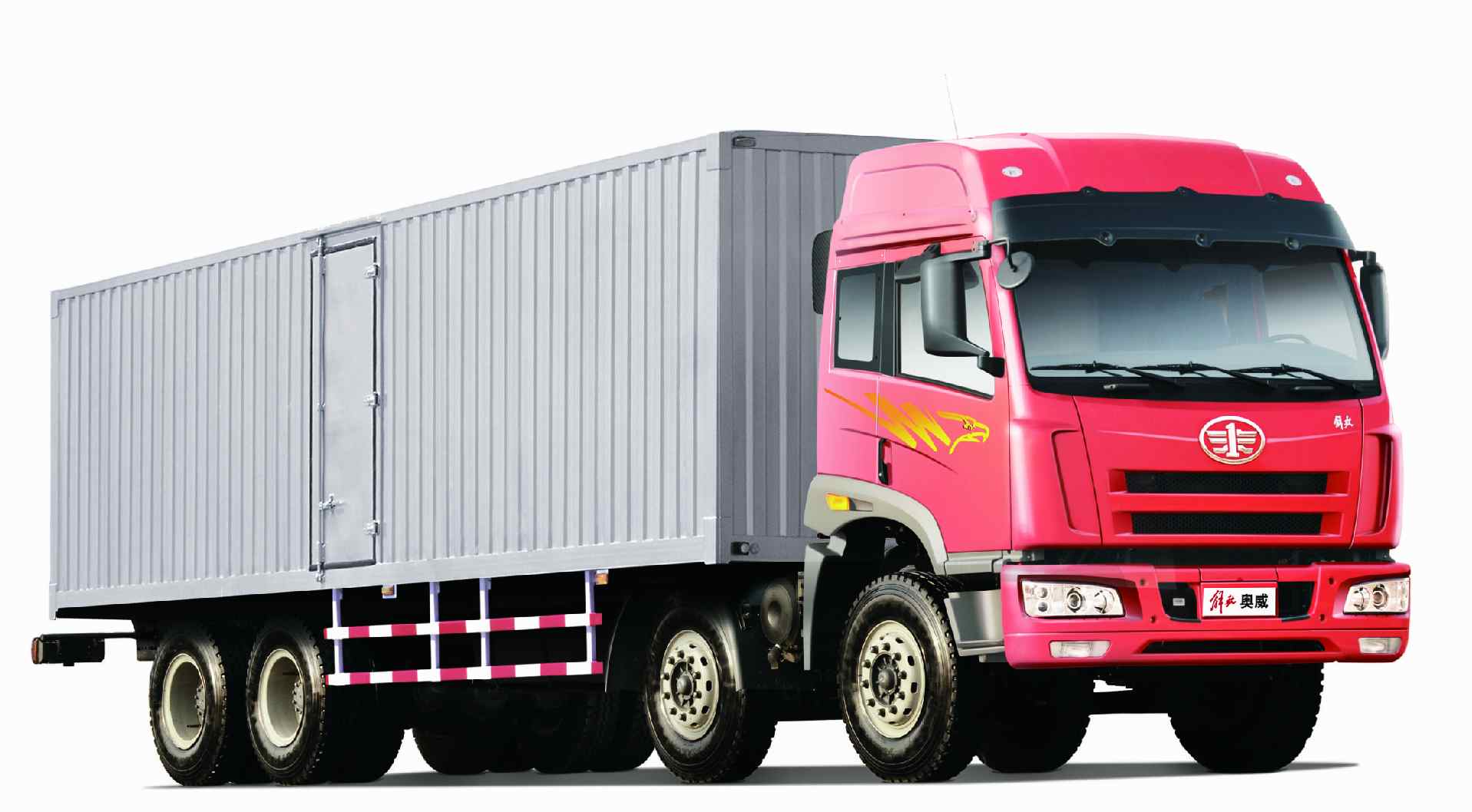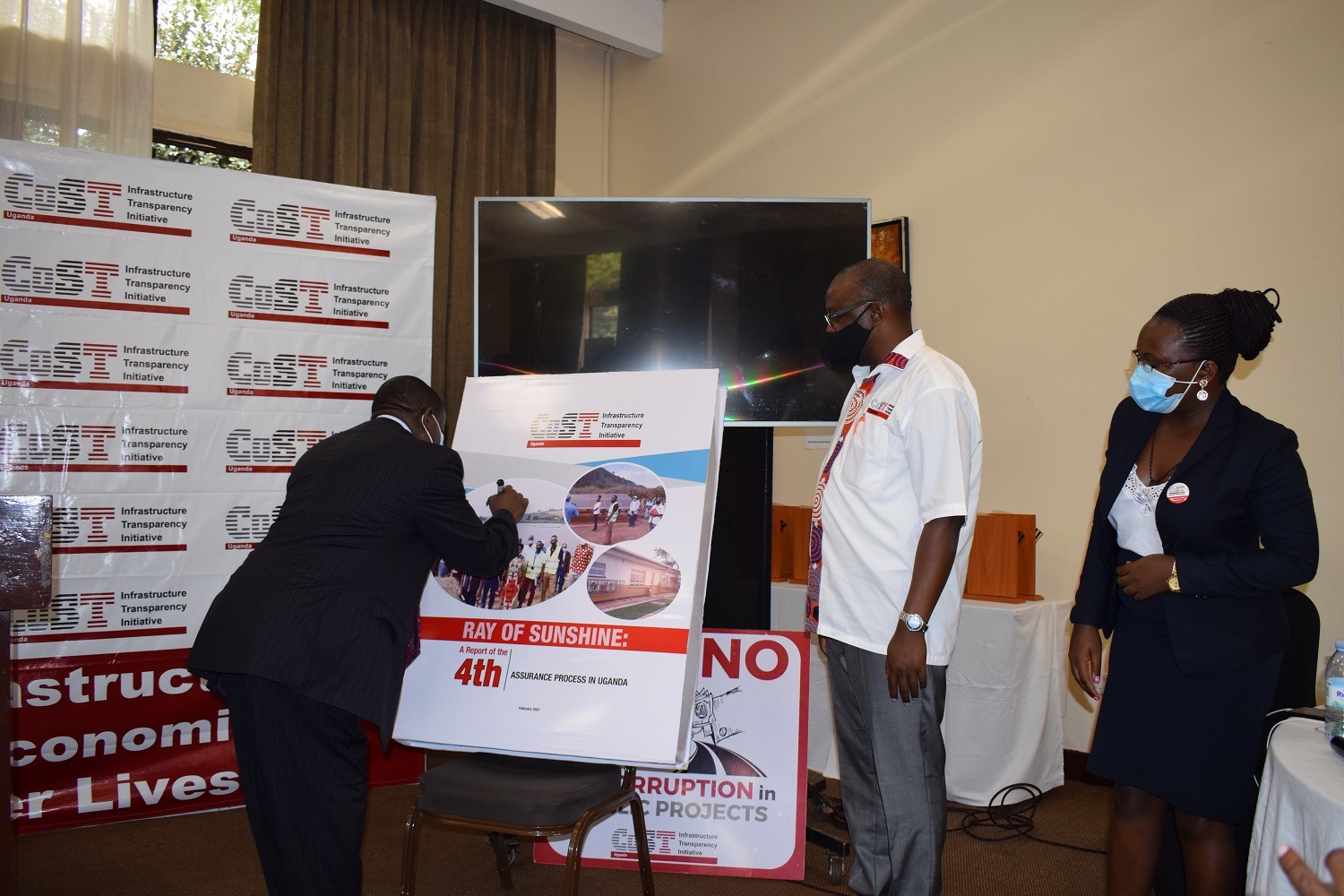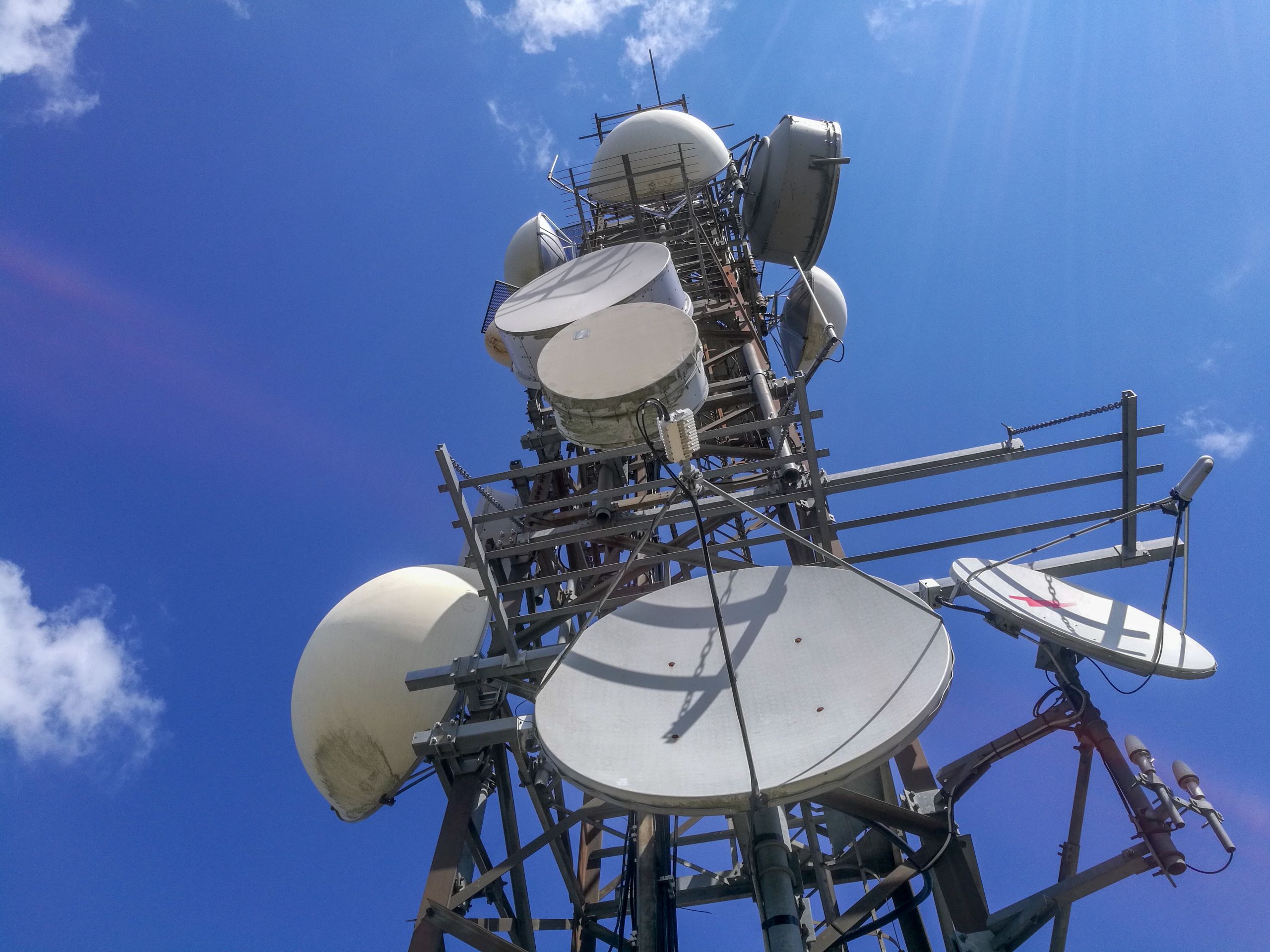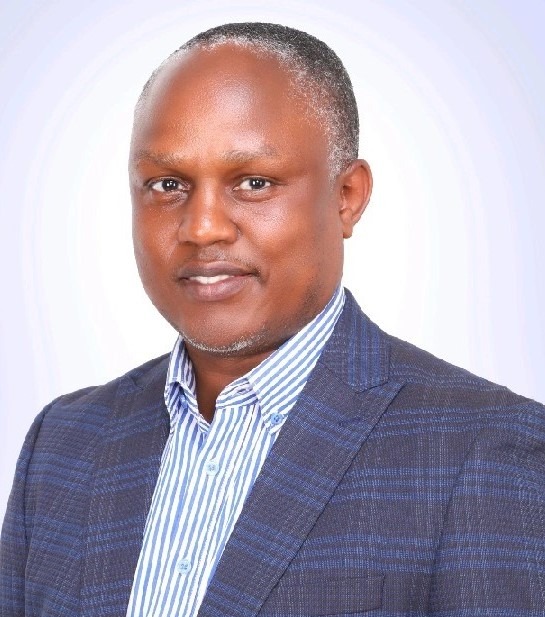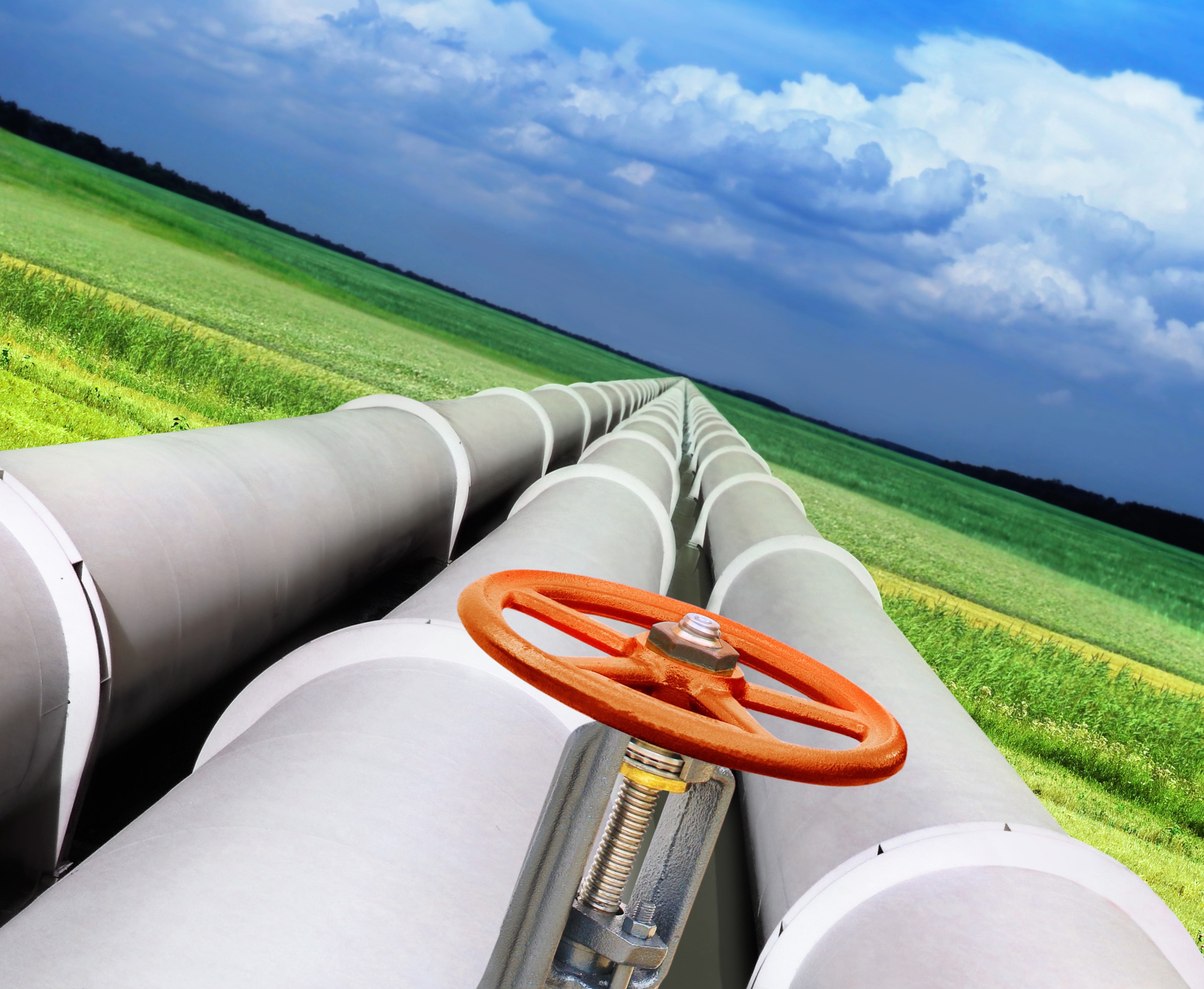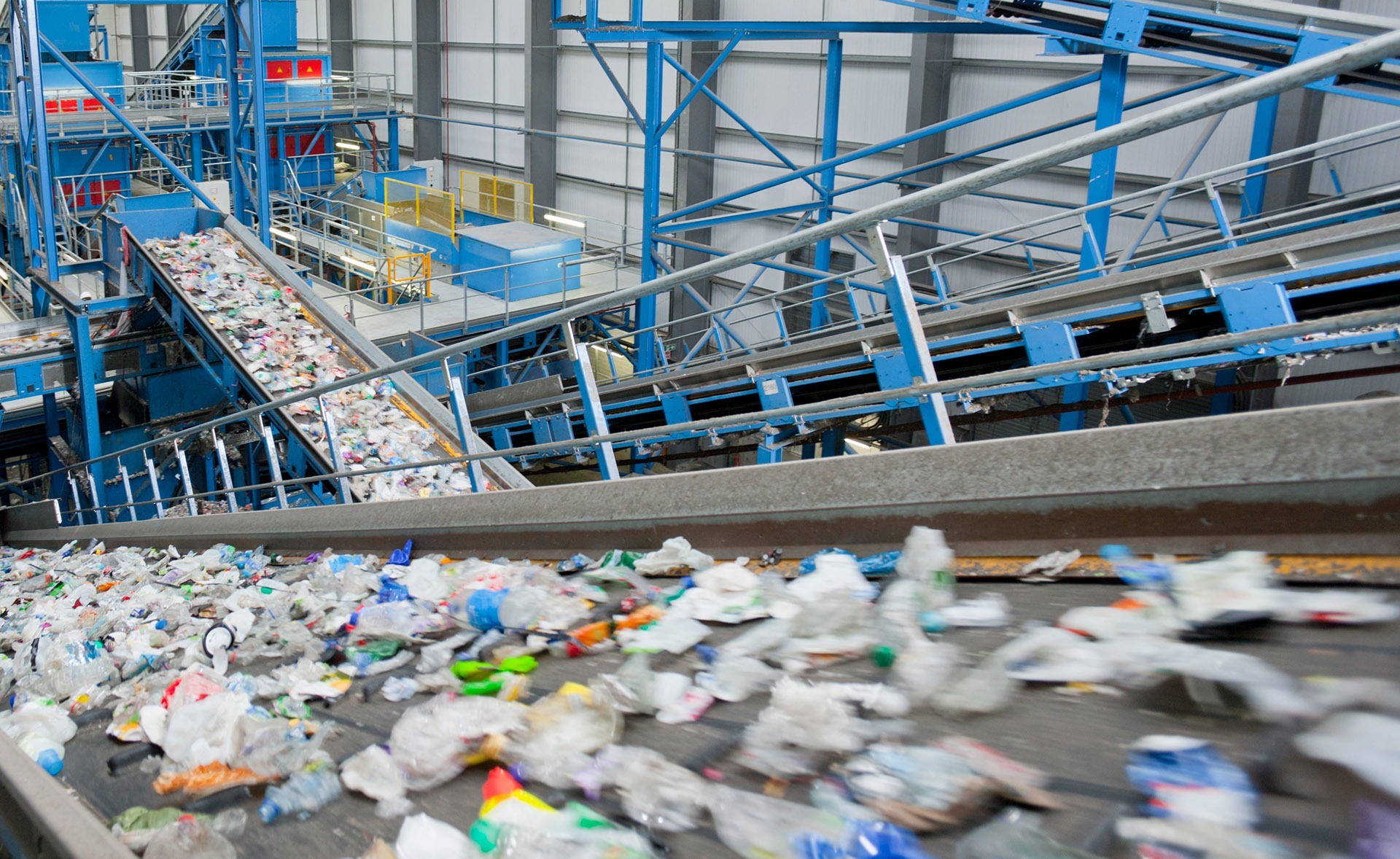The European Union has signed a financing agreement with the government of Uganda which will see the repair and re-opening of the old Tororo-Gulu metre gauge railway (MGR) line in the next four years. Once complete, the works will add some 400 km of the functional railway line to the national network. It will be managed by the renascent Uganda Railways Corporation.
Uganda boasts some 1,280 km of rail line, of which only about 275 (Malaba-Kampala) is currently operational, the rest lying dysfunctional.
The non-functional lines include: 504 km Tororo-Pakwach, 334 km Kampala-Kasese (of which only 6km-Kampala-Nalukolongo is functional), 171 km Mbulambuti-Busembatia, 9 Km Port Bell-Kampala, and 10 km of industrial branches to Jinja port and Tororo cement factory in Jinja and Tororo respectively.
The head of the EU Delegation in Kampala, Attilio Pacifici, said they provided a grant of Eur 21.5 million (about Shs 91 billion), while the government of Uganda will contribute counterpart funding equivalent to Eur 13.1 million (Shs 55 billion).
The railway line will connect to the Gulu inland container hub and will constitute part of the infrastructure development that the EU is financing in northern Uganda under the Development Initiative for Northern Uganda (DINU) programme.
Matia Kasaija, the Finance, Planning & Economic Development minister signing on behalf of Uganda, said the opening of the northern railway line is part of government’s strategy to de-stress the road network from heavy traffic, which has caused a huge repair bill. Once the railway line to Gulu is fixed, cargo destined to the northern and eastern parts of the country from Mombasa will go by rail. The same will be the case for cargo headed to South Sudan and parts of the north east of the Democratic Republic of Congo- which is quite a sizeable load of cargo plying Ugandan roads.
A feasibility study commissioned by the EU in 2016, and undertaken by Planet A.S, a Greek consulting company, advised that the repair of the Gulu MGR line still had a good business case, at least in the medium term. The report that this magazine has seen, argues that while the Standard Gauge Railway (SGR) once in place will make the MGR obsolete, there is at least 20 years ahead of use for the MGR.
Although the government has developed plans and is in advanced stages to source funding from China Exim Bank for the SGR, it will not be until at least 2026 that the SGR will be in place. The MGR projection by Planet AS however show that it will still be in profitable use by at least 2039, by which time the value for money will have been recouped.
In their report, Planet AS also describe the current poor state of the rail line thus: “…the track is laid without ballast, using steel sleepers directly on marram. Embankments suffered from several washouts. With such light rails (under 25kg/m), axle loads remain limited to 15 tons, although the bridges could support up to 18 tons. In the stations, side tracks and turnouts have been dismounted.”
It adds that, “Mainly because of the presence of overloaded trucks on the highways, practically all level crossings are in need of repair. Moreover, some of the crossings were not reconstructed after road widening and/or asphalting.”
Accordingly the expected rehabilitation works will comprise of cleaning the vegetation along the line, dismounting the track in order to permit repairing of embankments, culverts, bridges and track sub-grade, re-profiling the track sub-layer, re-installing the track with ballast as well as the level crossings. The stations key among them Mbale, Soroti, Gulu as well as the smaller one like Kachumbala, Bukedea, Mukura, Acuna, Aloi, Otwal, Opit will all need refurbishment and facelifts.
The active operation of the railway line stopped in 1993. But between 2011-13, the 504-km Tororo –Pakwach line was repaired by the Rift Valley Raiwlay (RVR) the company to which it had been concessioned by the government. A test run of the line was performed in 2013, but after that the line remained idle, again.
Government cancelled the RVR concession last after the South African/Egyptian outfit failed to meet its contractual commitments due to lack of funding. The railways operation in the country was then reverted to the Uganda Railways Corporation.
“With this project the EU continues to support the transport sector in Uganda and the promotion of a multimodal transport plan focussing on the development of environmentally friendly transport modes such as railways and waterways, “ the EU said.
It said that with the Gulu Logistic Hub (also funded by the EU), the Tororo-Gulu railway rehabilitation project will contribute to improvement of performance of Northern Uganda’s key value chains by facilitating cheaper import of export of products. It will also boost private sector development and job creation in Northern Uganda.
“We are proud to support the Government of Uganda’s decision to revitalise this crucial economic link,” said Ambassador Pacifici. “This project is part of the many actions taken by the European Union to support Northern Uganda which include the recently launched EUR 150 million Development Initiative for Northern Uganda (DINU) as well as the provision of humanitarian assistance to refugees and support to the host communities.”





